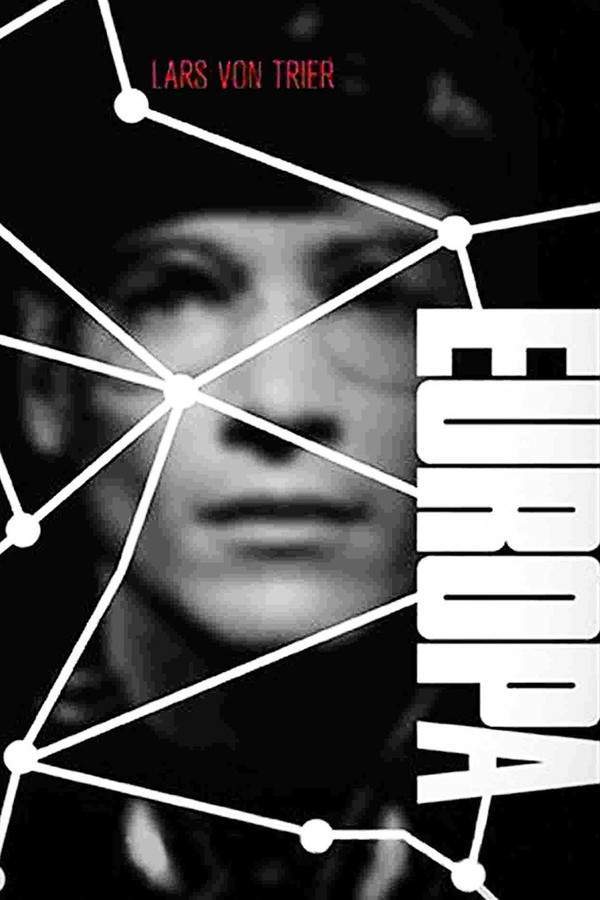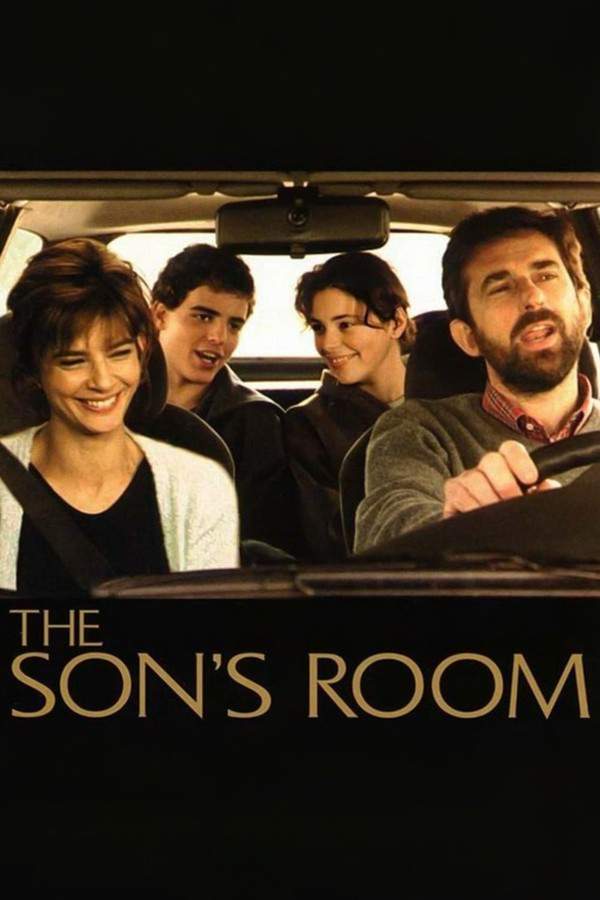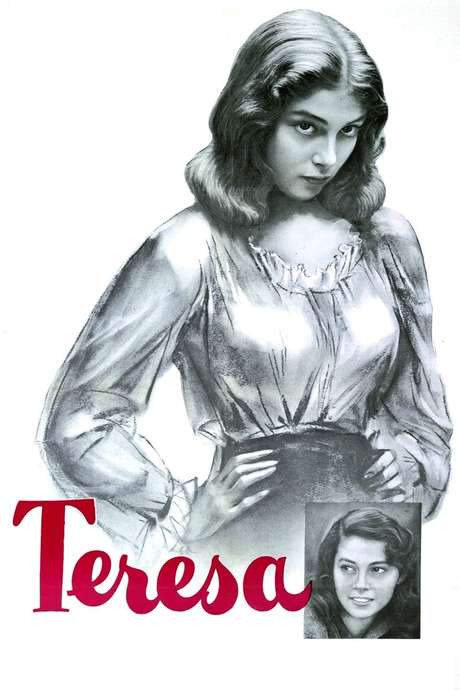
Europe ’51
Year: 1952
Runtime: 118 mins
Language: Italian
Director: Roberto Rossellini
A privileged, self‑absorbed socialite in post‑war Rome is haunted by the death of her young son. To cope with her grief and seek purpose, she throws her wealth and energy into caring for the city’s impoverished and ill. Her single‑minded crusade strains her marriage, isolates her from friends, and prompts doubts about her mental stability, creating a starkly realistic portrait of moral awakening.
Warning: spoilers below!
Haven’t seen Europe ’51 yet? This summary contains major spoilers. Bookmark the page, watch the movie, and come back for the full breakdown. If you're ready, scroll on and relive the story!
Europe ’51 (1952) – Full Plot Summary & Ending Explained
Read the complete plot breakdown of Europe ’51 (1952), including all key story events, major twists, and the ending explained in detail. Discover what really happened—and what it all means.
A labour strike sets the stage for a tense, intimate drama in post-war Rome as Irene Girard Ingrid Bergman, the wife of American industrialist George Girard Alexander Knox, returns late to the couple’s apartment and hosts a dinner for their relatives. The gathering is a microcosm of a society divided by fear and hope: a young son, Michel Sandro Franchina, aches for her attention, while Irene tries to balance love with duty and the sense that growing up might demand more sacrifice than she’s ready to bear. The dinner quiets into a dispute about politics, with Irene’s cousin André, a Communist who writes for a newspaper, forecasting peace as others brace for a possible war. The mood shifts from cordial to unsettled as the evening reveals the personal strains threaded through a country wrestling with recent upheaval.
The party’s abrupt end comes when Michel tumbles down the building’s stairs, suffering a serious hip fracture that lands him in the hospital. In the sterile corridors, Irene is forced to confront a painful possibility: that Michel’s injury could be an act meant to draw sympathy. She makes a vow to stay by him, promising that she will never leave his side. Yet tragedy strikes when Michel dies shortly after, a blood clot having sealed his fate, and Irene is left to navigate a crushing crisis of grief and guilt.
In the days that follow, Irene agrees to meet with André again, and he urges her to find a way out of her current torment. He helps her see that post-war society itself may bear blame for the suffering of children and families. Their conversations broaden into a broader moral argument about responsibility and the remedies society must pursue. On a visit to a family plagued by poverty, Irene is moved to donate the money needed to purchase medicine for a seriously ill boy. The grateful reaction of the boy’s family and the neighbors who gather to thank her deepens her resolve to help. A young neighbor named Ines Teresa Pellati appears, complaining about noise that disturbs her sleep, and Irene learns that Ines is working as a prostitute in the night. This revelation unsettles Irene, but it also widens the circle of people she feels compelled to defend.
Irene then encounters a woman who lives with six children in a shack by the river—the woman has three children with a former lover and three more who are orphans she has taken in. Irene asks André to assist, and he secures her a job at a local factory. Before she can begin, the woman asks to meet a man she once knew, and Irene steps in to help, becoming acutely aware of how exploitative conditions shape ordinary lives. When she shares these experiences with André, he argues that the exploited must be freed, even through violence. Irene resists this path, insisting that love remains the only legitimate answer to a world in pain. She dreams of a paradise that would embrace both the living and the departed. Back at home, George accuses Irene of having an affair with André, a charge that underscores how personal loyalties are tested by larger social obligations.
A quiet interlude at a church deepens Irene’s sense of duty. After she encounters Ines again, now exhausted and coughing, a doctor confirms that Ines is in the terminal stages of tuberculosis, with little hope of recovery. Irene’s care extends to Ines as she dies, and when she informs a neighbor of the death, she is drawn into a crisis of another kind: she helps a teenage bank robber escape by offering him a path to voluntary surrender, a decision that brings her into direct conflict with law enforcement.
Police intervention follows, and Irene is taken into custody on the grounds that she aided a delinquent. The teenage robber ultimately turns himself in, and George’s lawyer argues that Irene is in a state of shock after her son’s death and that her husband’s prominence should earn mercy, but the case moves forward. In the mental institution, a priest acknowledges the sincerity of Irene’s impulse to help, yet he warns that acts of charity must be tempered by recognized rules. Irene contends that such rules have bred the evils she fights, insisting that salvation can only come from universal compassion. Her resolve intensifies as she lies down beside a fellow inmate who is contemplating suicide, choosing presence and solidarity over fear.
Weeks—or perhaps months—later, Irene endures a formal questioning by a committee made up of law representatives, George’s lawyer, and the head of the mental institution. She explains that she seeks only to aid those in need and believes that saving everyone is the essence of true salvation. Her culturally and politically divergent explanations do not settle the matter, and she is declared mentally unstable and confined. Outside her room, the family of the saved boy, their neighbors, and the young woman from the shack gather, calling her a saint. Irene looks down at them, both tearful and grateful, a quiet smile crossing her face as she confronts a judgment that may finally reflect the moral gravity of her choices.
Last Updated: October 05, 2025 at 11:29
Unlock the Full Story of Europe ’51
Don't stop at just watching — explore Europe ’51 in full detail. From the complete plot summary and scene-by-scene timeline to character breakdowns, thematic analysis, and a deep dive into the ending — every page helps you truly understand what Europe ’51 is all about. Plus, discover what's next after the movie.
Europe ’51 Timeline
Track the full timeline of Europe ’51 with every major event arranged chronologically. Perfect for decoding non-linear storytelling, flashbacks, or parallel narratives with a clear scene-by-scene breakdown.

Similar Movies to Europe ’51
Discover movies like Europe ’51 that share similar genres, themes, and storytelling elements. Whether you’re drawn to the atmosphere, character arcs, or plot structure, these curated recommendations will help you explore more films you’ll love.
Explore More About Movie Europe ’51
Europe ’51 (1952) Scene-by-Scene Movie Timeline
Europe ’51 (1952) Movie Characters, Themes & Settings
Europe ’51 (1952) Spoiler-Free Summary & Key Flow
Movies Like Europe ’51 – Similar Titles You’ll Enjoy
Europa (1992) Movie Recap & Themes
The Son's Room (2002) Detailed Story Recap
Towards Evening (1990) Full Summary & Key Details
The Time of Indifference (2020) Full Movie Breakdown
Mamma Roma (1962) Plot Summary & Ending Explained
Christ Stopped at Eboli (1979) Full Movie Breakdown
Abandoned (1955) Full Summary & Key Details
The Roman Spring of Mrs. Stone (1961) Full Movie Breakdown
Teresa (1951) Ending Explained & Film Insights
Woman of Rome (1954) Film Overview & Timeline
Journey to Italy (1954) Film Overview & Timeline
Genova (2008) Complete Plot Breakdown
It Happened in Europe (1947) Movie Recap & Themes
Giovanna’s Father (2008) Spoiler-Packed Plot Recap
Two Weeks in Another Town (1962) Full Movie Breakdown

















